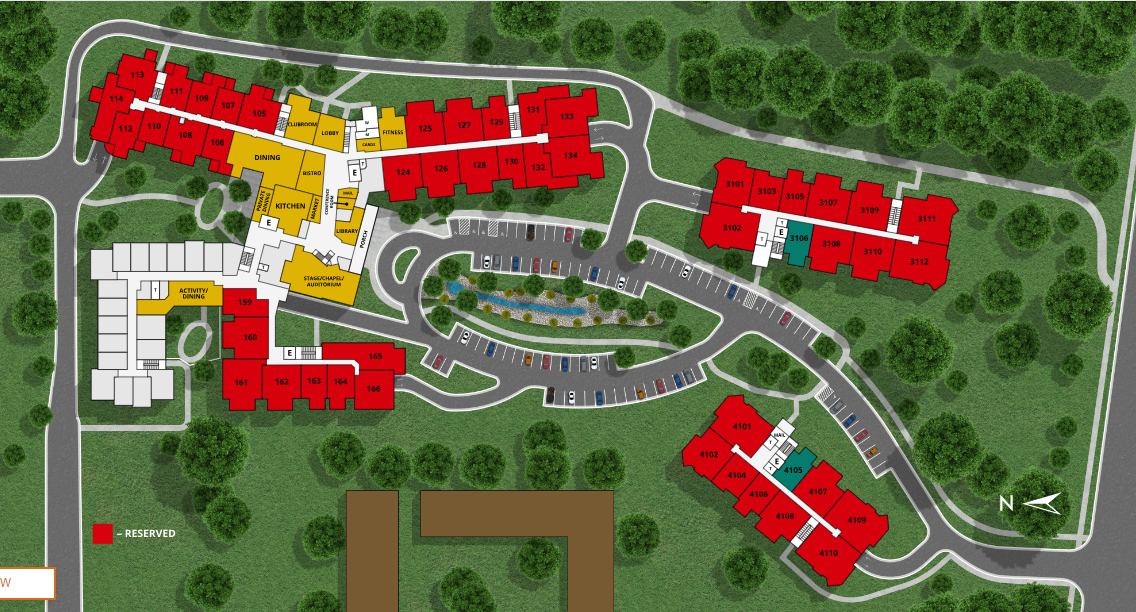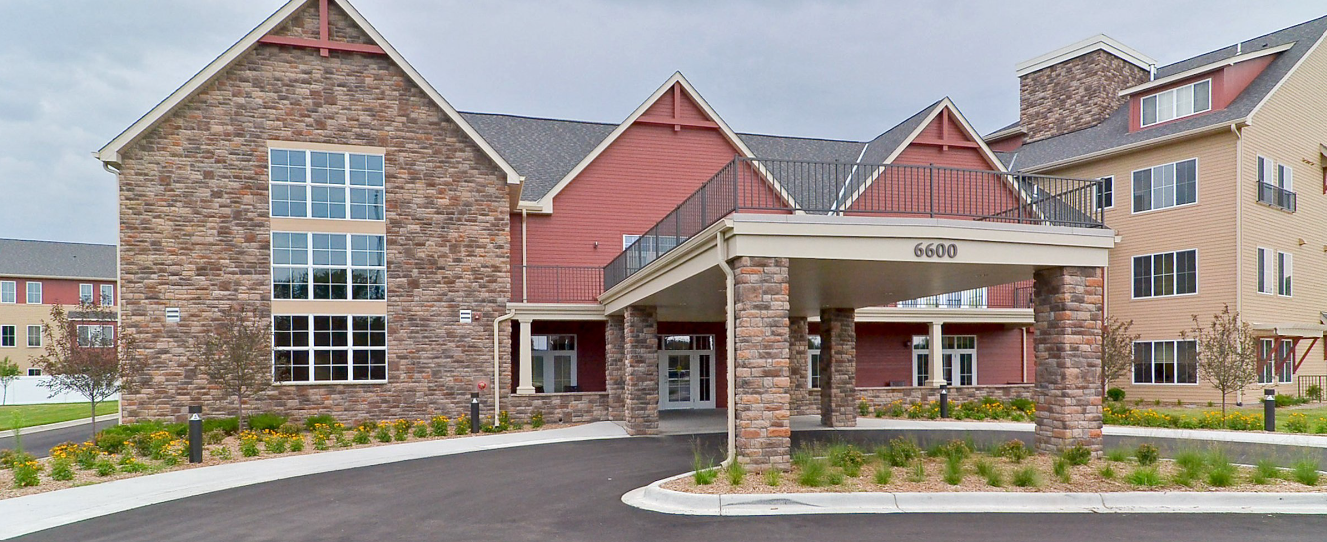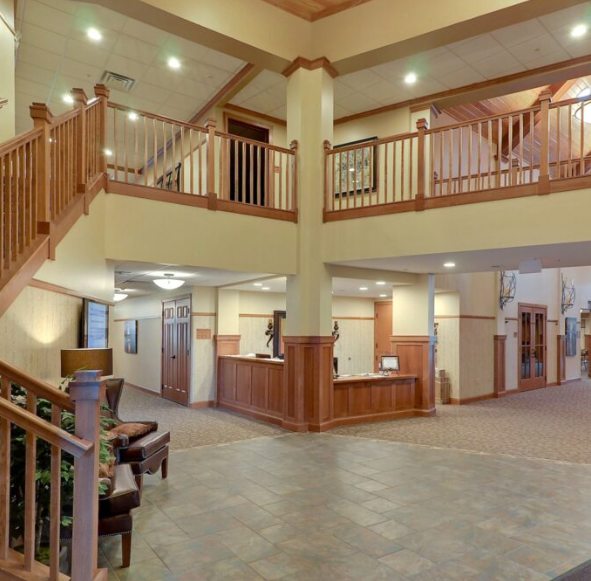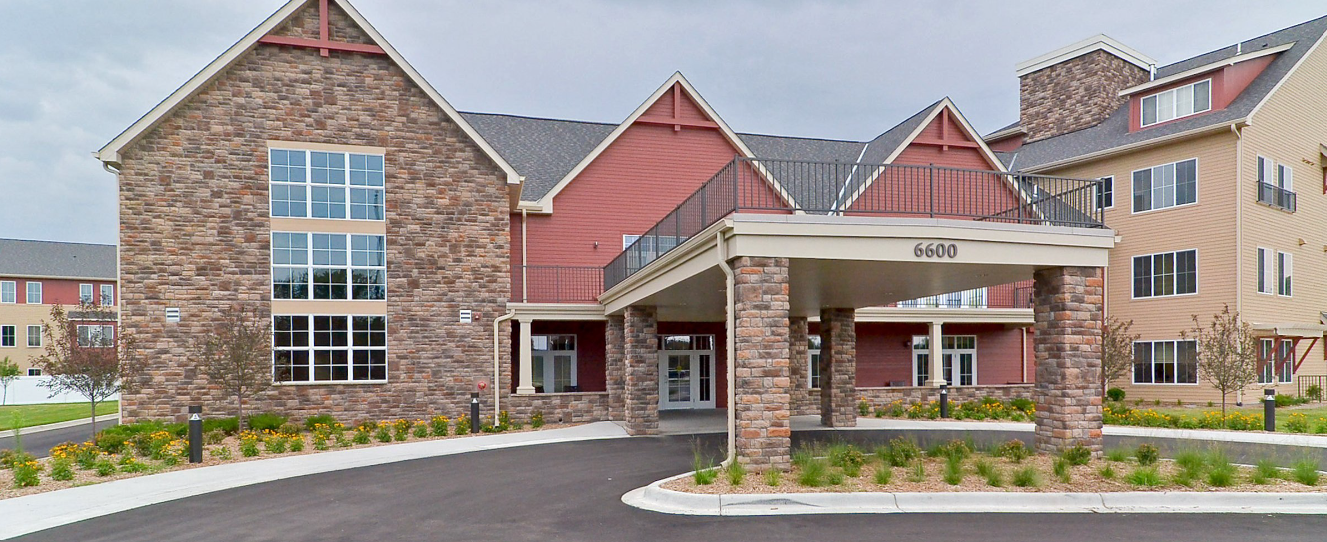About Founders Ridge
General Property Features
- Age Restrictions, Covered Parking, Fitness Center, Faith Based, Guest Parking, Controlled Access, Handicap Access, Wheelchair Accessible, Private Rooms
- Laundry Service - Provided, Laundry Service - Self Serve, Nurse on Staff, Scheduled Transportation, Activities, Housekeeping, Meals/Meal Options, Social Programs
- Assisted Living Community, Secured Memory Care Unit
- Small Pets
Assisted Living
- www.foundersridgephs.org
- 418349
- 59
- $4,135.00
- Medicaid LTC, Private Pay, Long Term Care Insurance
- Price Dependent Levels of Care
- 1 BR, 2 BR, Studio
- Alz/Dementia Residents Only, Kitchenette, Memory Care (Dementia)
Additional Levels of Care Offered
Founders Ridge
Memory Care 6600 Auto Club Rd, Hennepin County, Bloomington, Minnesota, 55438Discover the difference memory care with purpose can make. Based on years of thoughtful consultation with staff, families and leaders in the field of dementia research, Presbyterian Homes & Services (PHS) offers a supportive haven where you can connect, engage and experience joy. Employees trained in the innovative Dementia Orientation Values Education (DOVE) program offer you or a loved one care, connection and choices designed to create meaningful moments.DOVE seeks to:Affirm those living with dementia as whole individuals.Celebrate the strengths of those living with dementiaUphold peoples dignity, self-esteem and independence through person-centered care.Foster compassion, flexibility and creativity by our care teams.PHS supportive and caring team of healthcare professionals are dedicated to respecting your choices and helping you maintain your individuality. The team, trained in DOVE, is better equipped to meet your individual needs by understanding disease processes. As a result, you experience the highest standard of skill and compassion which enriches lives. In addition, our memory care apartments enable you to experience a homelike atmosphere, private apartments (where available), 24-hour nursing care, three daily meals and supportive services including housekeeping, engaging activities and personal assistance.Schedule a tour today to learn more about specialized memory care.
Founders Ridge
Independent Living 6600 Auto Club Rd, 6610 Auto Club Rd & 6620 Auto Club Rd, Hennepin County, Bloomington, Minnesota, 55438Row-style homesReminiscent of historic row-style homes, the Brownstones feature a charming and unique exterior. One and two bedroom floor plans blend gracious design and inviting style for a truly distinctive interior. This vital addition to Founders Ridge reflects the same creative spirit that is evident throughout the entire community, providing you privacy, independence, and the freedom to pursue a life limited only by the number of hours in a day.View a 3D interactive floor plan of the Breidenbach or Anderson floor plans or scroll down for other floor plans options.Blinds on all windows and patio doorsBright open floor plans emphasize spacious rooms and nine foot ceilingsConvenient in-home laundry with washer and dryerFully equipped kitchen with refrigerator, stove/self-cleaning oven, dishwasher, garbage disposal and microwaveIndividually controlled heat and central air conditioningPrivate deck or patio (select apartments)Walk-in storage (most apartments)Senior ApartmentsOur senior apartments offer maintenance-free living and comfortable floor plans with the added benefits of value and convenience. Nicely appointed common areas are well-suited for group events and casual gatherings. Social, recreational and volunteer opportunities help create a sense of community. Other optional services and amenities are available for both pleasure and purpose.Alder wood cabinetry with maple finish throughoutBlinds on all windows and patio doorsBright open floor plans emphasize spacious rooms and nine foot ceilingsConvenient in-home laundry with washer and dryerFully equipped kitchen with refrigerator, stove/self-cleaning oven, dishwasher, garbage disposal and microwaveIndividually controlled heat and central air conditioningPrivate deck or patio (select apartments)Walk-in storage (most apartments)Senior Apartments IIThe Terrace II provides additional independent living apartments with desirable upgrades, such as stainless steel appliances, wood-style flooring and solid surface kitchen counter tops. As part of the main campus, residents have indoor access to all common areas, group events and casual gatherings. Social, recreational and volunteer opportunities help create a sense of community.
Videos
Continue Your Search! Explore More Local Options.
Start SearchingLet’s engage and get educated!
Browse through thousands of expert articles in over 100 different categories.
Browse Now
 (1) SBB SIZED.png)









 (1) SBB SIZED.png)

 (1) SBB SIZED.png)


